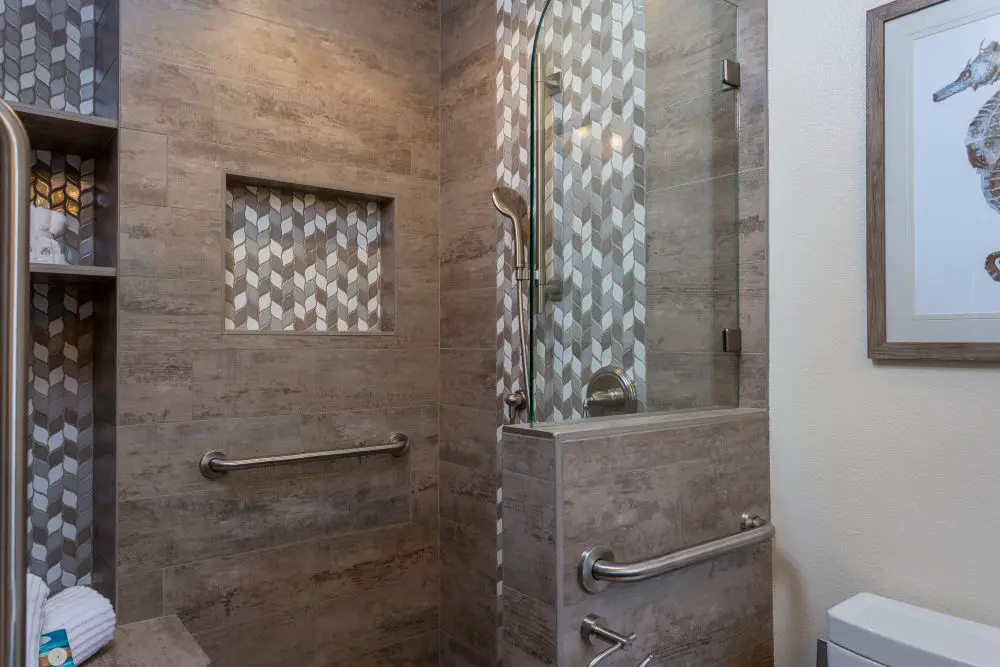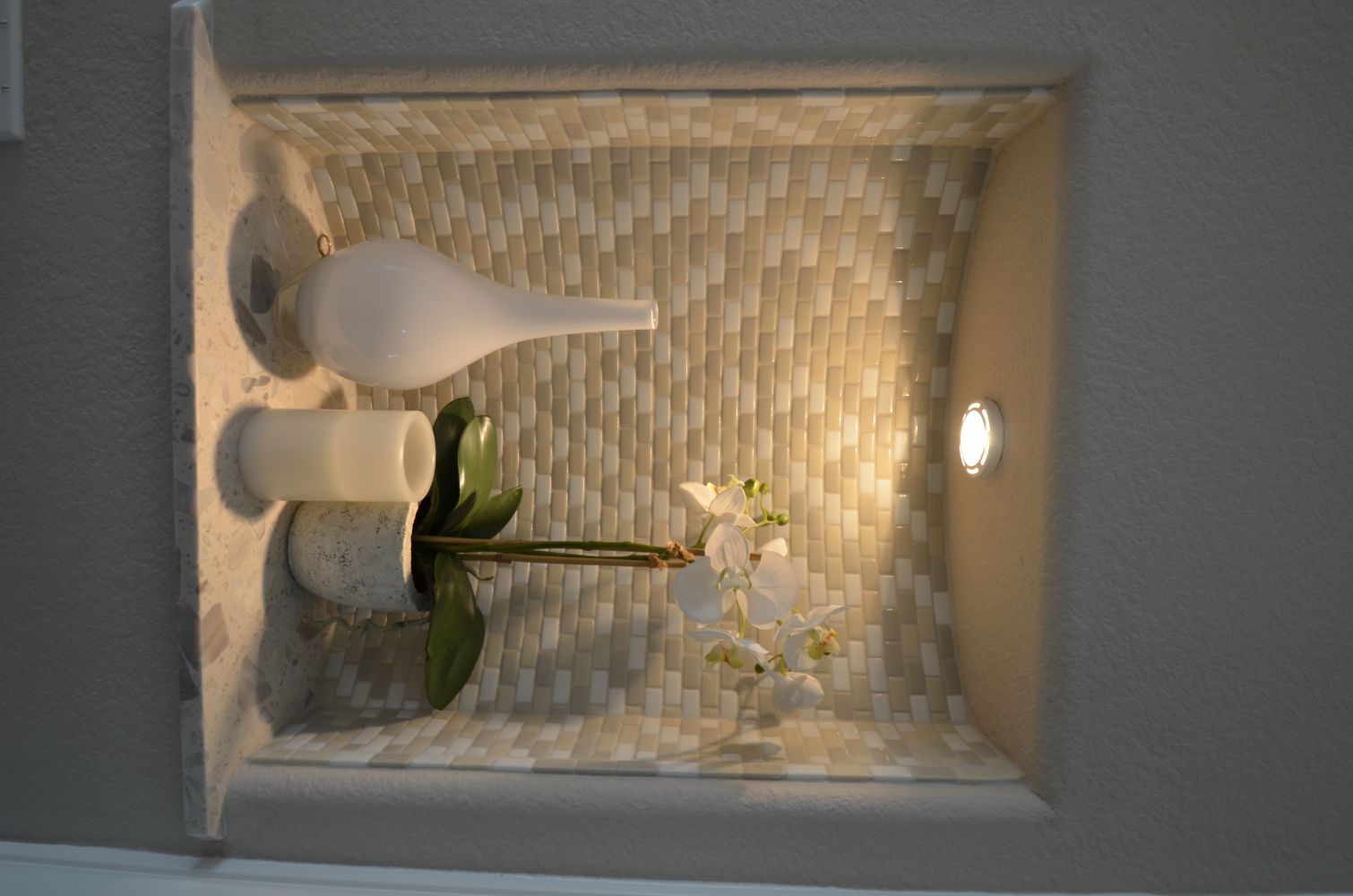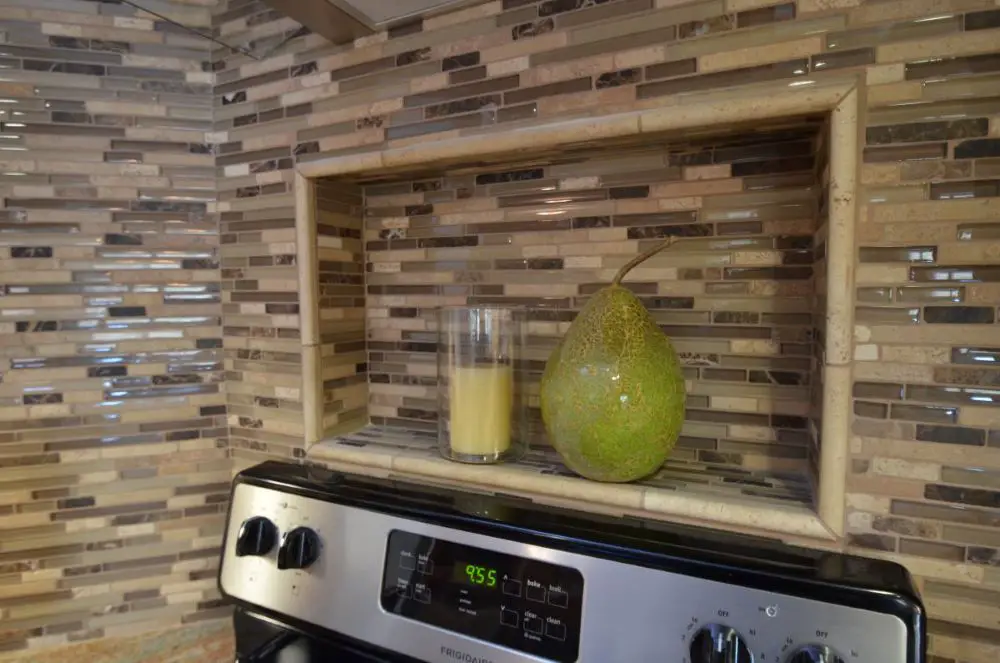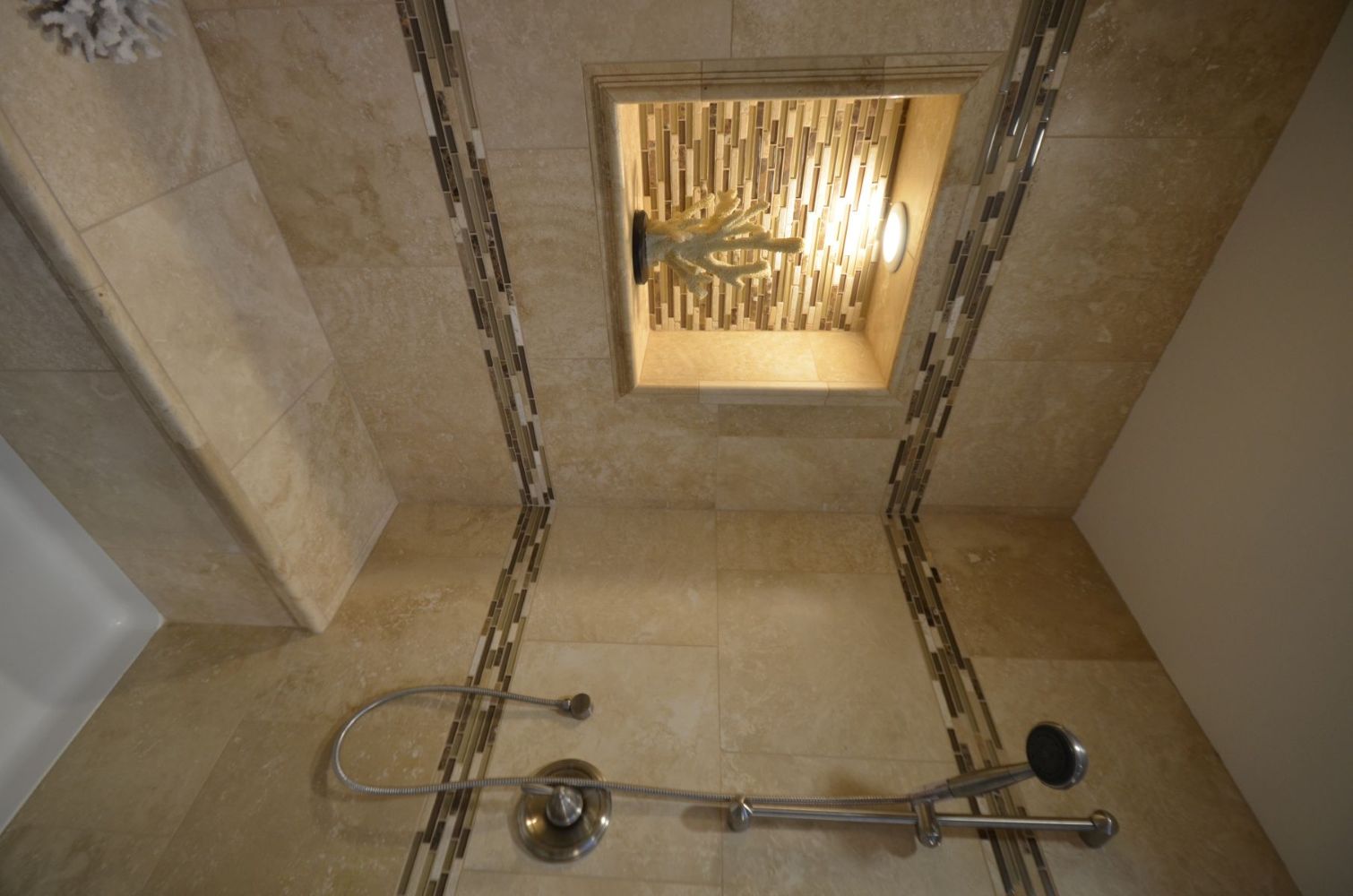By using our website, you agree to the use of cookies as described in our Cookie Policy
The Boss’s Daughter
When to Niche and When to Not

When to Niche and When Not To: Smart Storage Without Sacrificing Space
Looking for ways to increase storage without adding clutter? Wall niches might be the answer. These recessed storage solutions offer a clean, built-in look and work in nearly any room — if installed in the right place and with the right design choices.
In this guide, you’ll learn:
-
✅ When it makes sense to niche — and when to avoid it
-
✅ Where niches work best (with examples)
-
✅ How to plan, measure, and install niches safely
-
✅ What materials, tools, and finishes to use
-
✅ FAQs to help you decide if DIY is right for you

Key Takeaways
-
Use wall niches when you need storage without adding furniture and have open stud bays.
-
Avoid niches in load-bearing walls, walls with major utilities, or in damp zones without proper waterproofing.
-
Match your niche to the style and function of the room — modern, rustic, minimalist, or ornate.
-
Plan for weight: use proper framing if storing books, tools, or heavy items.
-
Check spacing: standard 2x4 framing allows niches between 16-inch-on-center studs.
???? You can link to your drywall repair guide or bathroom remodel post here for more context.
What Is a Wall Niche?
A niche is a recessed shelf or cavity built directly into a wall, typically between studs. Unlike shelves or cabinets, it doesn’t protrude into your room — making it perfect for small spaces.
Wall niches are commonly used in:
-
Bathrooms – for toiletries in the shower or above the toilet
-
Hallways – as drop zones or display spaces
-
Kitchens – for spice racks, decor, or extra appliance storage
-
Living rooms – as built-in bookcases or entertainment storage
Where Niches Work Best
You can add a niche almost anywhere you have a hollow wall cavity. Common success zones include:
1. Bathroom Shower Walls
-
Add storage for shampoo, soap, razors
-
Must be waterproofed: use cement board + membrane
2. Above a Kitchen Counter
-
Spice rack or utensil storage
-
Keep items accessible without adding clutter
3. Hallway Drop Zones
-
Keys, mail, and decor
-
Looks intentional and blends with trim or wainscoting
Where to Avoid Niches
There are places where niches can cause more trouble than they’re worth:
-
Load-bearing walls: cutting into these without proper framing can weaken structure
-
Walls with electrical/plumbing: always check with a stud finder
-
Damp zones without waterproofing: leads to mold, rot, or damage
-
Fire-rated walls (e.g. garage walls): cutting voids code compliance
???? If you're unsure, consult a contractor or building inspector.
Planning Checklist: Before You Cut
Make sure your wall is safe and suitable:
-
Stud spacing confirmed (16 inches typical)
-
No pipes or wires detected
-
Not a load-bearing wall (or properly framed)
-
Desired depth available (3.5" min in 2x4 wall)
-
Moisture protection planned (for bathrooms)
-
Finish style matches room
???? Use this checklist to guide your project or pass it to your contractor.
Installation Steps: Build Your Own Wall Niche
For non-structural interior walls, many homeowners can DIY a niche safely.
Materials:
-
Stud finder
-
Drywall saw
-
Measuring tape
-
2x4 blocking
-
Preformed niche box (or build your own frame)
-
Cement board (for wet areas)
-
Waterproof membrane
-
Tile or trim
-
Screws, caulk, paint
Steps:
-
Locate studs and utilities
-
Mark and cut your opening
-
Add blocking or frame the cavity
-
Install niche box or drywall cavity
-
Apply waterproofing if needed
-
Finish with tile, wood trim, or paint
-
Caulk and seal
???? Check out our in-depth guide to niche installation →
Design Tips: Making It Look Built-In
-
Match your trim: Paint or stain to match baseboards or cabinetry.
-
Add tile: For bathrooms and kitchens, tile adds protection and polish.
-
Backlight it: Add LED strips for a luxury look.
-
Keep proportions right: Go vertical for small objects, wide for display areas.
???? Pro Tip: Measure what you're storing first — books, baskets, bottles — then size the niche around the function.
Comparison Table: Niches vs Shelves vs Cabinets
| Feature | Wall Niche | Floating Shelf | Cabinet |
|---|---|---|---|
| Space-saving | ✅ Built-in | ⚠️ Slight projection | ❌ Uses floor/wall space |
| Customizable | ✅ Fully custom | ✅ Limited sizes | ✅ Standard dimensions |
| Installation | ⚠️ Moderate skill | ✅ Easy DIY | ⚠️ Moderate + anchoring |
| Cost | $$ | $ | $$–$$$ |
| Style impact | ✅ High (seamless) | ✅ Moderate | ⚠️ Can look bulky |
FAQ: Common Questions About Niches
How do I know if my wall can fit a niche?
Use a stud finder to confirm spacing and cavity depth. Most niches fit between 16" on-center studs.
Can I install a niche in a bathroom?
Yes — but waterproof it using cement board, waterproofing membrane, and tile.
What if the wall is load-bearing?
Avoid cutting without a header and reframing. Hire a pro if unsure.
How deep should a niche be?
In a 2x4 wall, 3.5 inches is standard. For deeper storage, use 2x6 walls or bump-outs.
DIY or hire a contractor?
DIY is fine for basic, non-structural walls. Hire out if dealing with plumbing, wiring, or load-bearing structures.
Real-World Examples
Bathroom Shower Niche
-
Size: 12x24
-
Materials: Cement board, subway tile
-
Cost: ~$100 DIY
Kitchen Coffee Station Niche
-
Size: 14x22 between studs
-
Use: Coffee grinder + mug hooks
-
Finish: Painted beadboard back
Living Room Book Niche
-
Width: 32" (double stud cavity)
-
Depth: 5.5" (2x6 wall)
-
Framed + trimmed to match mantel
???? Add your own before-and-after photos for even better engagement.
When Not to Niche
Skip the niche in these scenarios:
-
Walls with important plumbing or HVAC
-
Exterior insulated walls (can reduce R-value)
-
Fire-rated or soundproofed walls (code issues)
-
If the wall is load-bearing and not reframed properly

Internal Resources You Might Like
Final Thoughts
Wall niches are an elegant solution for anyone who needs more storage without adding clutter. But they aren’t right for every wall — or every home. If you're planning a DIY niche, start with a wall scan and a style plan. For more complex jobs, call in a pro and enjoy a seamless, smart design upgrade.
If you're ready to add value, beauty, and function to your space — this is your sign to niche smart.
Need help planning your niche project?
Contact us today — or check out our related guides to keep learning.
‹ Back






Comments